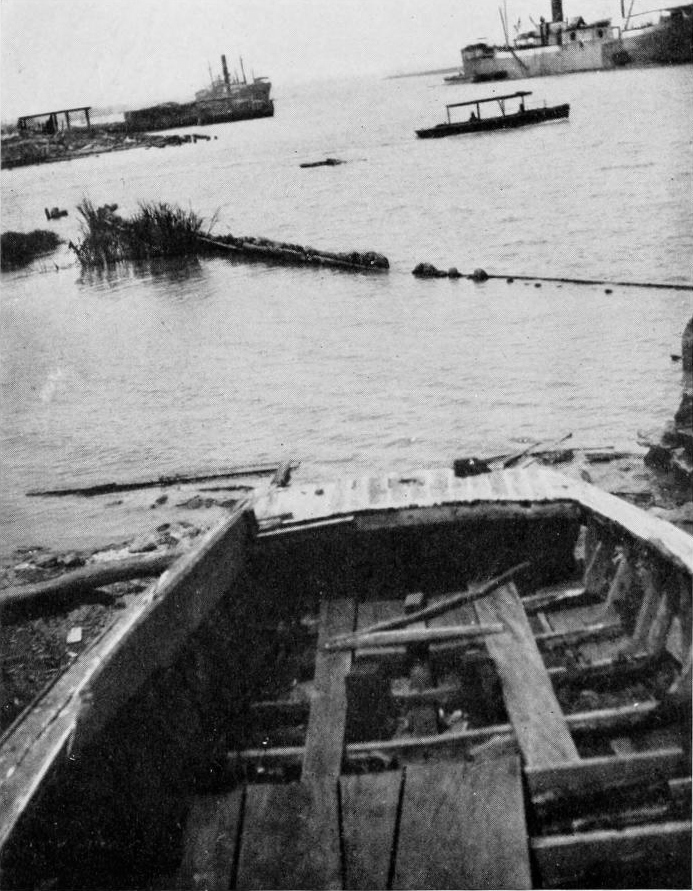The schooner Clotilda is the last known United States slave ship to bring enslaved people from Africa to the United States. Constructed in 1855 by the Mobile, Alabama captain and shipbuilder William Foster, the Clotilda was originally intended for the “Texas trade.” It was eighty-six feet in length, twenty-three feet in breadth, possessed two masts and one deck, weighed 120 81/91 tons, and though not originally intended for the slave trade, the ship was capable of carrying an estimated 190 people. Foster sold the Clotilda to the prominent Mobile businessman Timothy Meaher for $35,000 in 1860 after being approached by Meaher about commanding an illegal slaving voyage to Ouidah, a port town in Dahomey (today Benin).
In the spring of 1860, the Clotilda was loaded with 125 barrels of water, 25 casks of rice, 30 casks of beef, 40 pounds of pork, 3 barrels of sugar, 25 barrels of flour, 4 barrels of bread, 4 barrels of molasses, 80 casks of rum, 25 casks of “dry goods and sundries,” and $9,000 in gold (today $185,000) intended for the purchase of 125 Africans; these provisions were hidden by stacks of lumber that would later be used to build the planks and platforms for the captives’ “beds.” The ship set sail on the night of March 3, 1860, under the pretense of bringing a cargo of lumber to the Danish Virgin Islands.
The voyage to Ouidah lasted two and a half months. Foster and the eleven-men crew survived a violent storm and numerous attempted attacks by pirates and ships of other slaving nations. While briefly docked in Cape Verde for repairs, the crew was told the true purpose of the voyage after they discovered the provisions obviously intended for returning human cargo. On May 15, 1860, the Clotilda arrived at Ouidah. After more than a week of anchoring a mile and half from shore, the ship set sail for the United States now loaded with 110 African captives.
The Africans were confined in complete darkness below the deck for thirteen days. After this initial period, the captives spent the majority of the journey above deck. Though no sicknesses or deaths were reported during the forty-five day return voyage, the Africans, who were later interviewed about their experiences on the Clotilda, recounted the twice-daily meager sip of vinegar-treated water they were allowed and the general hardships they suffered.
On July 9, 1860, the Clotilda entered the Mississippi Sound, anchored off Point-of-Pines in Grand Bay, and waited for nightfall. Under the cover of darkness, the ship was clandestinely tugged up the Mobile River to Twelve-Mile Island. Here, the Africans were transported to a second ship, the Czar, and sent further up river to be surreptitiously transferred to their respective new owners. The Clotilda, now empty and reeking of the stenches indicative of a slave voyage, was set afire by William Foster, though later he claimed to have sold the ship for $6,000.

